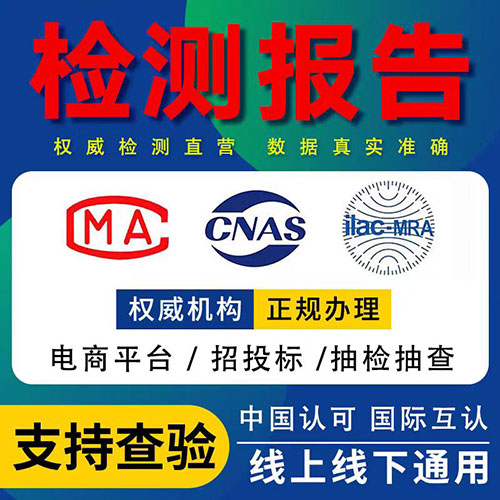欧盟rohs2.0最新标准 英文版本
Introduction
The European Union's Restriction of Hazardous Substances (RoHS) Directive aims to protect human health and the environment by restricting the use of certain hazardous materials in electronic and electrical equipment. RoHS 2.0, the latest version of this regulation, was introduced in 2011 to strengthen the original RoHS Directive. In this article, we will provide a comprehensive overview of RoHS 2.0 and its impact on the electronics industry.
RoHS 2.0 Overview
RoHS 2.0 strengthens the restrictions on hazardous substances in electronic and electrical equipment. It applies to products that are sold, imported, or distributed within the European Union. The regulation imposes restrictions on the use of six hazardous materials: lead, mercury, cadmium, hexavalent chromium, polybrominated biphenyls (PBB), and polybrominated diphenyl ethers (PBDE). Manufacturers of electronic equipment must ensure their products do not contain these substances above a certain threshold.
RoHS 2.0 Enforcement
RoHS 2.0 has strict enforcement protocols to ensure that products in the market comply with the regulation. Manufacturers have a responsibility to verify their products' RoHS compliance, including the use of materials, and to keep accurate records. Authorities in the European Union can request these records and perform inspections and product testing to determine whether products comply with RoHS 2.0.
Impact on Electronics Industry
The RoHS 2.0 regulation has a significant impact on the electronics industry. Manufacturers and suppliers must ensure their products comply with the regulation, often leading to increased production costs and changes in manufacturing processes. The regulation also affects product design, as manufacturers cannot use certain materials that were once commonly used in electronics. Companies that export their products to the European Union must also comply with RoHS 2.0. As a result, some electronics manufacturers have moved production outside of the European Union to avoid the regulation's burden.
RoHS 2.0 and Circular Economy
RoHS 2.0 is closely aligned with the European Union's broader Circular Economy strategy, which aims to create a sustainable, low-carbon economy. By restricting the use of hazardous substances in electronic equipment, RoHS 2.0 promotes the safe and sustainable disposal of electronic waste. The regulation also encourages the development of new, more environmentally-friendly materials and production processes. In this way, RoHS 2.0 is an important part of the European Union's efforts to reduce waste and promote sustainability.
Conclusion
RoHS 2.0 is a critical regulation that has a significant impact on the electronics industry. The regulation restricts the use of six hazardous materials in electronic equipment and imposes strict enforcement protocols to ensure compliance. The regulation's impact on manufacturing processes and product design has forced companies to adopt new, more sustainable practices. RoHS 2.0 is also closely aligned with the European Union's Circular Economy strategy, which aims to create a sustainable, low-carbon economy. By promoting sustainable disposal practices and encouraging the use of environmentally-friendly materials, RoHS 2.0 is an important step towards a more sustainable future.


 有样品要送检?试试一键送检,15分钟极速响应
有样品要送检?试试一键送检,15分钟极速响应



